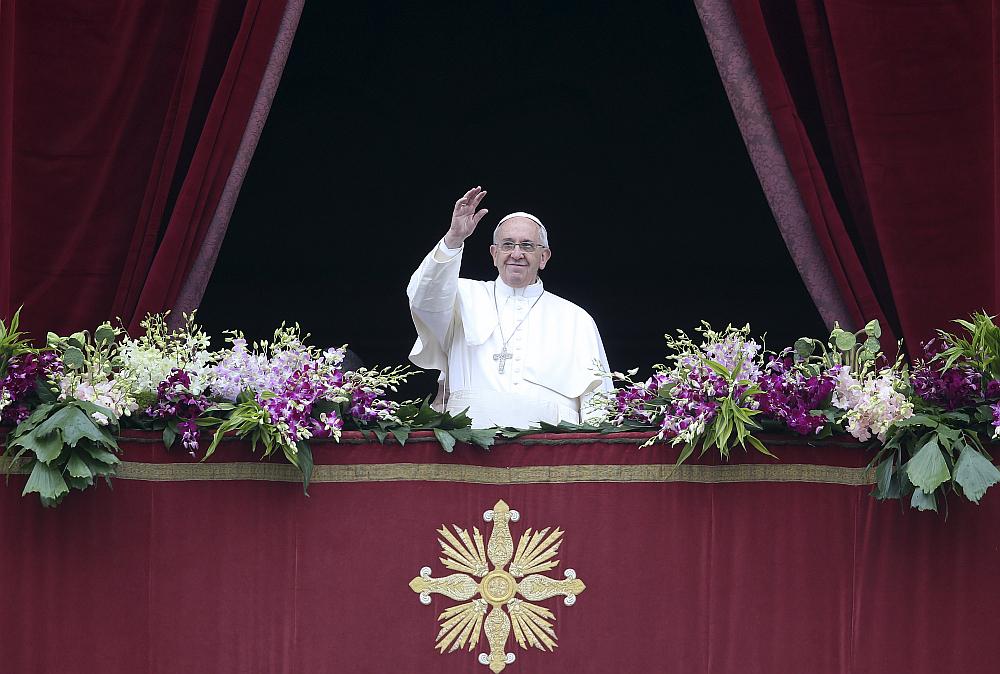
Each spring, St. Peter’s Basilica in the Vatican is adorned with flowers. Their blossoms greet visitors from around the world, and are seen by millions more who tune in to hear the Pope’s Easter message on television. The festive arrangements are the work of a small team that includes two Slovenian florists.
It all began in 2011 when Sabina Šegula and Peter Ribič wrote a letter to the Slovenian ambassador in the Vatican and asked if they could observe the florists who decorate St. Peter’s Basilica. Šegula and Ribič were working as teachers at the Biotechnical Center in the village of Naklo and were hoping for an opportunity to see the famed florists in action. Much to their surprise, they were invited to the Vatican not as observers, but as florists: They were asked to help design the arrangements.
For the past five years, Šegula and Ribič have traveled to the Vatican to decorate St. Peter’s Basilica for Easter. They are the only foreigners in a small team of Vatican florists that operates under heavy security to get the massive cathedral ready for Easter mass. For several days, St. Peter’s is closed to visitors, enabling the team to work on their arrangements in peace.
According to Šegula and Ribič, a part of the challenge is finding a fresh new approach each year, while making sure that the flower arrangement matches the Renaissance forms of the Cathedral. Recent budget cutbacks – a result of the world economic crisis – have also forced them to do more with less. The flowers are typically based on white and gold, the official colors of the Vatican. The main arrangement on the altar is 60 meters in length. In addition to being visually appealing, the flower displays need to be practical. They have to remain out of the way from the activity at the altar during mass.
The arrangements that Šegula and Ribič helped to create have been so popular that they have been asked to work on Christmas decorations in addition to their regular Easter duties. Christmas is an even more demanding season, since it involves several different decorations, the last of which is put on display on Epiphany.
When millions of television viewers turn to watch the Pope deliver Easter and Christmas mass, they may not pay too much attention to the flowers in the background. However, those arrangements play a key role in creating a festive atmosphere - and the work done by Šegula and Ribič in the very heart of Catholicism gives many Slovenians viewers a very special sense of pride.

































































